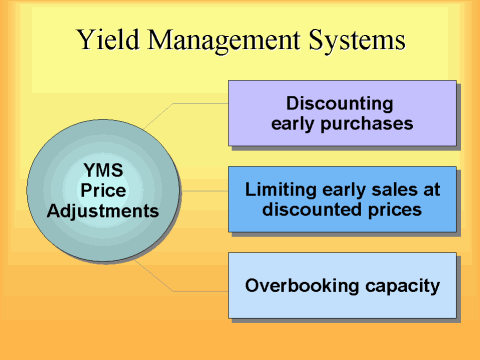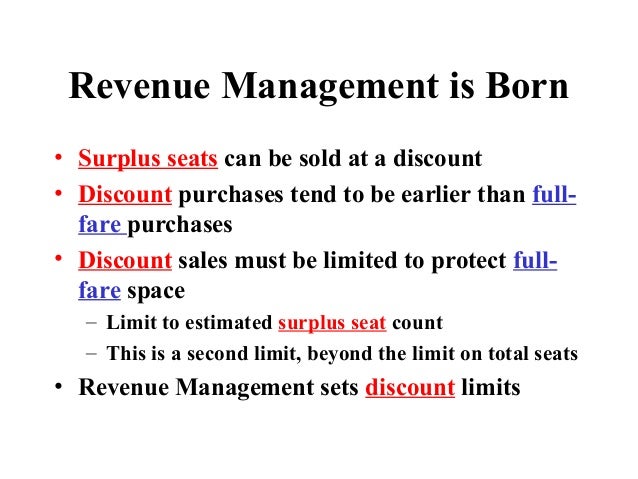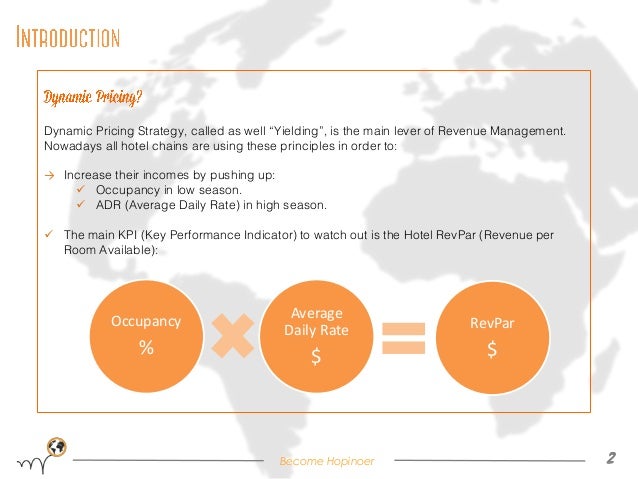
The hotel is left with one choice - to sell rooms at these prices, which may be too low for such a high demand, or close these two discounted channels and not sell via them at all.īut what if a potential guest is okay with getting smaller discounts? Corporate guests pay 20 percent less - $170 - and OTA discounts are still at $160. For corporate guests and travelers that book through an OTA, the discounts are applied to these adjusted rates accordingly, resulting in different prices for each room type and customer segment.ĭuring a major city event, the BAR may be raised to $200 per night for the base room type, while discounts and differentials for other room types remain constant. A suite might have a pre-set differential of $50, making its rate $200 ($150 + $50). For example, a twin room might have a pre-set differential of $20, making its rate $170 ($150 + $20). If BAR jumps to $200 on a compressed date, other rates move in lockstep: The promotional rate becomes $170, and the OTA rate - $160, respectively.įor other room types, the rates are determined by preset differentials, which remain unchanged. On ordinary days, the BAR is $150, with the promotional rate being $127.50 and the OTA rate resulting in $120. Assume the hotel offers a promotional rate for corporate guests at 15 percent less than BAR, and an OTA package net rate might be 20 percent less. Let’s consider Sunshine Hotel, which employs a fixed-tier revenue management strategy with the BAR method. While the BAR can be dynamically priced in real-time depending on supply and demand, all the other related rates are not. Discounts and promotional rates are also fixed and calculated as percentages from the rack rate. To calculate rates for all other room types, a hotel uses modifiers - a predetermined amount added to the base rate either as a percentage or as a fixed fee. “Dynamic pricing is just the concept of the change itself as opposed to not changing your price at all, which still happens in a lot of cases where hotels have the same rate across the whole winter season,” Ira Vouk says, “Many properties still don’t adjust their prices based on demand.”ĭynamic pricing is a broad category that includes a traditional BAR approach and a flexible open pricing method.īAR approach vs open pricing approach BAR: Best Available RateīAR (also known as rack rate) is a type of dynamic pricing where a hotel sets the lowest fixed price for a standard room type. Is about setting a price for a product or service based on current market conditions that drive demand.

To better understand how open pricing works, let’s deal with the dynamic pricing and BAR concepts. Ira Vouk, author of Hospitality 2.0 and hospitality technology and revenue management consultant, elaborates on the definition, “Open pricing strategy involves not only setting adjustable rates for different room types based on demand, but it also enables you to flexibly price additional products and decide on the rates for various channels you sell your reservations through.” Open pricing strategy, when applied to hospitality revenue management, refers to a flexible pricing approach that enables property managers to adjust room rates based on demand and factors that influence it such as the day of the week, seasonality, and competitor pricing, to name a few.
#Dynamic pricing and revenue management how to
Last but not least, you’ll also discover how to implement open pricing and what technology exists to bring it all to life. You’ll learn how the open pricing strategy is different from a fixed-tier BAR (best available rate) strategy and where it sits in the dynamic pricing environment. This article explores the concept of open pricing and how it can benefit hotels that implement it.

You can check out our video about revenue management before starting to read this post. With the open pricing strategy, hotels can remove these restrictions, set independent room rates, and drive higher revenue.

However, this strategy fails to consider the demand and often presents room rates as the same. Many hotels still rely on a fixed pricing strategy that uses a tiered pricing system based on room types. Communicate with your team Reading time: 12 minutesĪs a hotel revenue manager, one of your key responsibilities is creating a pricing strategy tailored to the property and its market.Modify booking discounts, not channel availability.


 0 kommentar(er)
0 kommentar(er)
